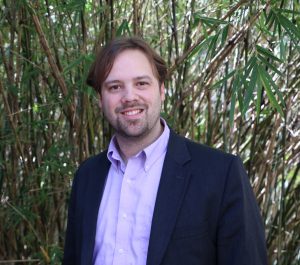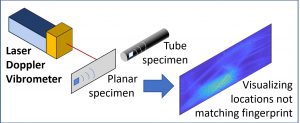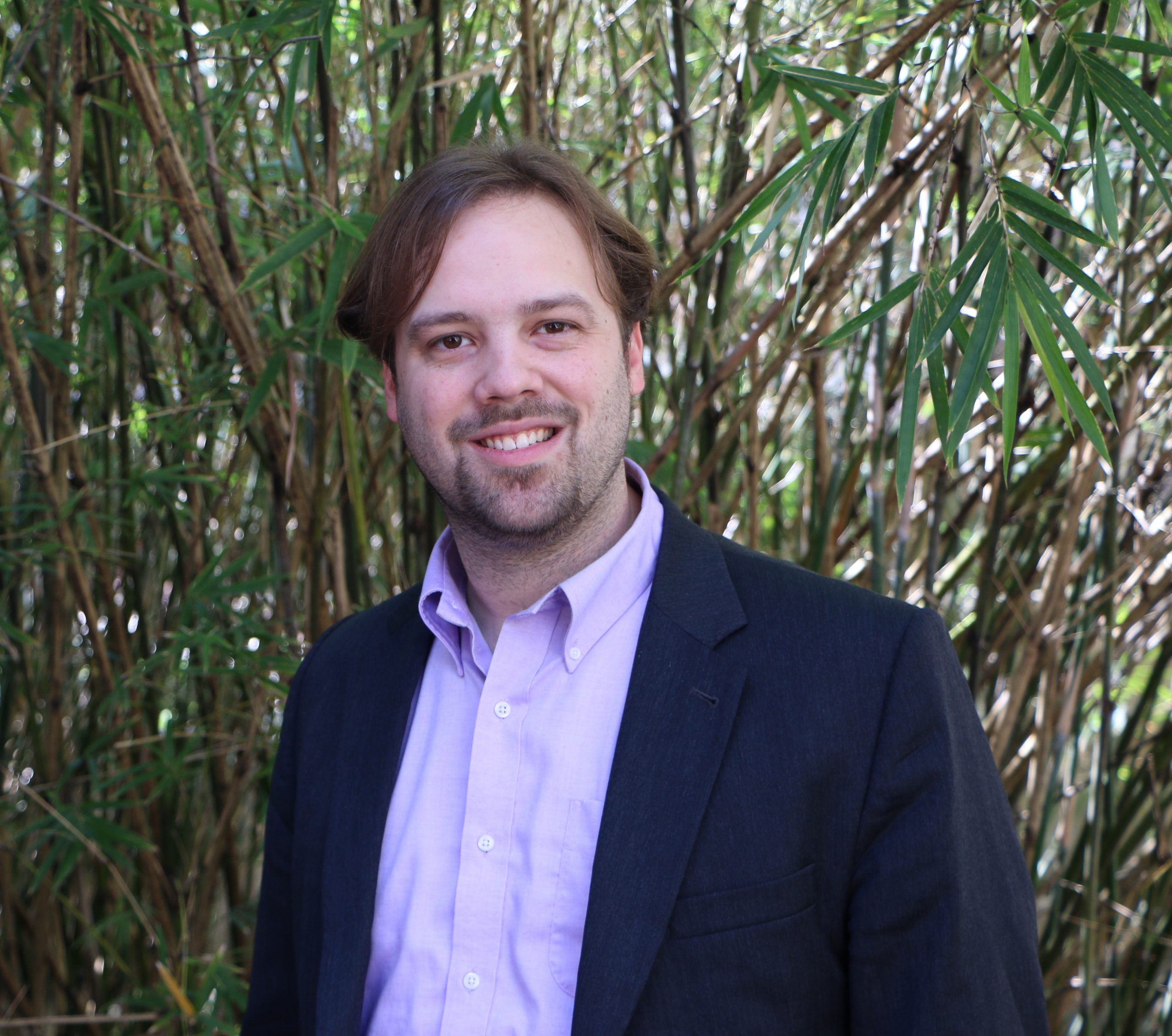
ECE Associate Professor and Kent & Linda Fuchs Faculty Fellow Joel Harley is partnering with the U.S. Department of Energy’s Nuclear Energy University Program (NEUP) to find innovative ways of determining the structural integrity of fuel rods used in nuclear power generation plants. His project, “Physics-Informed Artificial Intelligence for Non-Destructive Evaluation of Ceramic Composite Cladding by Creating Digital Fingerprints,” combines ultrasound imaging with machine learning algorithms to create a framework with which to build a non-destructive evaluation tool, using a scanning laser Doppler vibrometer for on-line inspection and rapid extraction of fingerprints in a manufacturing setting.
The Background
The fuel rods in a conventional nuclear-powered generation plant which contain the fissionable material (usually uranium) are generally housed in thin-walled tubes (‘cladding’). Throughout the nuclear power industry, spurred by the Fukushima Daiichi accident, new types of accident-tolerant claddings are being investigated. Among the most promising is silicon carbide (SiC) fibers (f) within a silicon carbide (SiC) matrix (m). The fiber are thin fibers of silicon carbide (a ceramic—not unlike a coffee mug) and the matrix is the “glue” that holds the fibers together, which also happens to be silicon carbide. This structure is similar to fiberglass, which is glass fibers within an epoxy polymer matrix. This application uses silicon carbide because of the material’s ability to handle extremely high temperatures well.
As the cladding is the only material standing between the fissionable material and the reactor coolant, the structural integrity and performance of the cladding is of critical importance.
The Work
 This project creates an innovative non-destructive evaluation (NDE) assessment system for SiCf-SiCm cladding tubes. The main objectives are:
This project creates an innovative non-destructive evaluation (NDE) assessment system for SiCf-SiCm cladding tubes. The main objectives are:
- Establish an innovative physics-informed machine learning (PIML) to measure digital fingerprints of highly anisotropic and heterogeneous composites by advancing robust mathematical algorithms that learn spatially dependent mode shapes and anisotropic dispersion relations directly from experimental data
- Experimentally build a database of digital fingerprints from laser Doppler vibrometer measurements of SiCf-SiCm composite cladding with a wide variety of manufacturing defects
- Provide a functional and validated design of a non-destructive evaluation tool, using a scanning laser Doppler vibrometer for on-line inspection and rapid extraction of fingerprints in a manufacturing setting
Unlike other characterization tools (such as microscopy, tomography, and spectroscopy), ultrasound technology is relatively inexpensive, fast, and portable, enabling broad applicability, including in extreme environments. The primary challenge is that the ultrasonic spatial-spectral characteristics (i.e., the fingerprints) that define the anisotropic and heterogeneous relationships are difficult to decipher and difficult to extract. This project creates algorithms and theories to assess such characteristics directly from experimental data, which expands on Dr. Harley’s prior work and expertise.
The impact of this work is to enable a faster and more reliable SiCf-SiCm cladding tube manufacturing process, as well as to provide fundamental insights into how ultrasonic NDE systems can be applied for quality control of complex material systems. Dr. Harley’s team will develop a tool for online inspection of manufacturing processes and rapidly characterizing materials and their defects.
The effort is a collaboration between the University of Florida and General Atomics (GA). Dr. Harley’s team is responsible for the creation of the functional scanning laser doppler vibrometer, the PIML framework for rapid NDE, and the validation of the proposed framework. GA is a world leader in the manufacture of SiCf-SiCm composite cladding tubes. They will manufacture specimens and provide insights into the material characteristics for implementing and validating the PIML framework and insights into the manufacturing process in creating the on-line inspection system.

